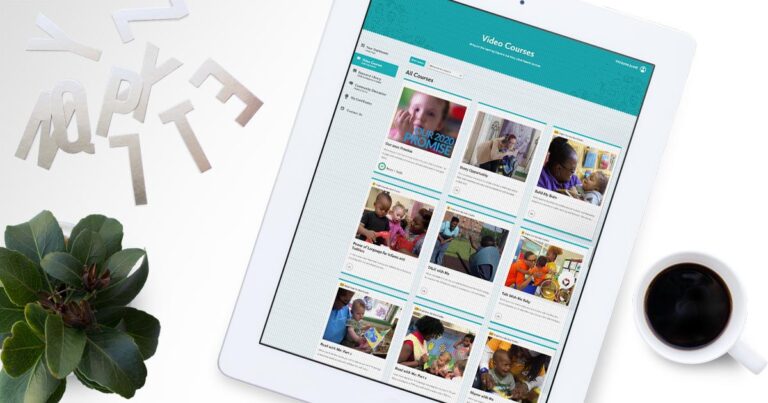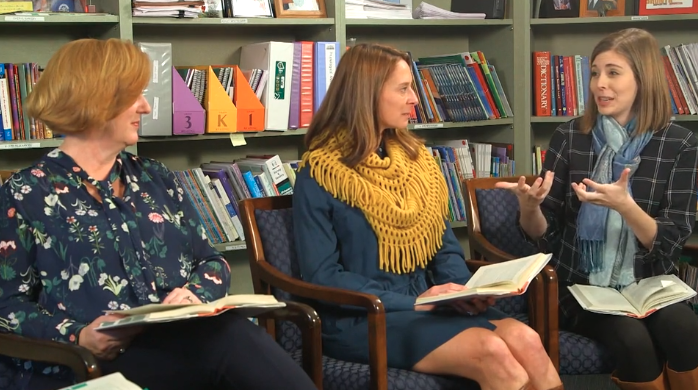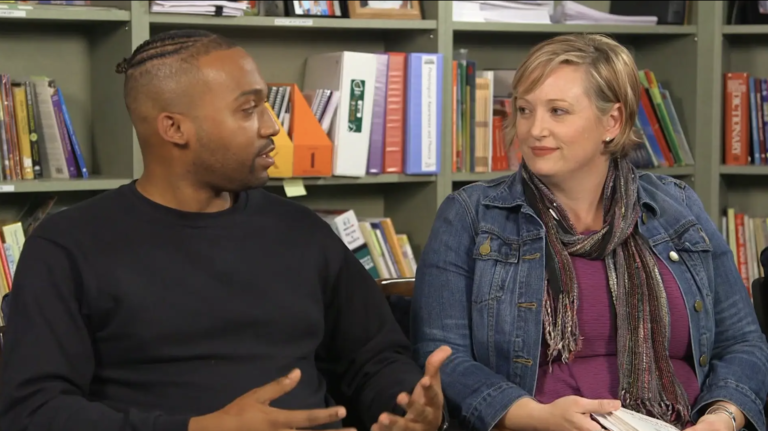As we make strides in halting COVID-19’s lethal course, every parent is forced to consider, “Will my child be safe when they return to school without the repeated interruptions the virus imposed in the past year?”
We already know the answer. Too many schools haven’t been safe for children or their teachers since long before the current pandemic erected further barriers to children’s learning. Therefore, it cannot be an option to return to the same education system that has failed to meet the needs, hopes, and potential of the children most harmed by systemic inequities and racism.
As Frederick Douglass is widely quoted as saying: “Once you learn to read, you will be forever free.” A century and a half later, the converse is equally true for too many children who never attain a level of literacy that allows them to reach their full potential. Only 35 percent of America’s 4th graders read proficiently, and access to educational opportunity and literacy in the United States remains overwhelmingly defined by ZIP code, race, socioeconomics, and ethnicity. As has been well chronicled, children’s reading levels at 3rd grade form one of the most meaningful academic benchmarks by which we can predict, while not perfectly, whether they will lead a life of self-determination or one that is too often decided for them—as measured by graduation rates and the opportunity to earn a livable wage.
In failing to set so many students up for future success, we have not only cheated our children, but we have failed our teachers. K–12 teachers experience daily stress that is among the highest of the 14 professions included in one Gallup study (measured before the pandemic)—equal only to nurses and physicians—with 78 percent of teachers reporting mental and physical exhaustion at the end of each day. It’s no wonder. They have been fighting a constant battle to help their students thrive in a system set up to fail them, generation after generation. Teaching remotely for many months has not lightened those stress loads nor revised the necessary objectives ahead.
Here’s an urgent two-point plan to fix what’s been fundamentally broken for generations as we think about what classrooms should look like in the 2021-22 school year ahead and beyond:
First, we must change our universal assumptions around how young children learn. Advances in brain science make it clear that we must teach every child “to listen” rather than demand they “be quiet.” Interactive “serve and return” language engagement can foster relationships with adults that make space for vulnerability, support, agency, and healing. These relationships also help children build not only psychological strength but actual brain capacity to learn through the forming of social-emotional neural pathways. These pathways carry students from preliteracy language development, through to explicit reading instruction, to deep reading, and ultimately to the will and ability to make the greatest difference in the lives of others.
Second, we must equip our teachers with the tools necessary to be part of the fight against this cycle of injustice. Elementary and pre-K educators need the social-emotional skills and the necessary training in the science-backed explicit instruction every child needs through 3rd grade to read deeply. Reading deeply allows children to think beyond preconceived ideas and ultimately to act with the freedom to chart their own course. Structural inequities like underfunding education by ZIP code and institutional racism also demand action, but well-trained teachers themselves have a huge role to play in a just future.
It took us less than a year to develop and begin administering a vaccine for COVID-19, but research scientists determined 20 years ago what was required to end our country’s illiteracy epidemic. The unspeakable toll we inflict on children through systemic biases and behaviors amounts to denial of access to that science for those who need it most. Where is the urgency to act—on policies and empirically derived practices—on the science of reading?
Healthy child development quickly crumbles without connections built through language in safe emotional spaces. Building the capacity to engage with the words, thoughts, and feelings of others is a neurological nonnegotiable. The fully tested science demonstrates that these connections are crucial—from the last trimester of pregnancy through age 8 and beyond—for construction of the “deep reading” brain. The solution requires early social-emotional engagement, language input and exchange, and development of children’s executive functions like self-regulation in the first five years. In the following five years of every child’s life, we need teachers who understand both the science and the poetry of teaching children to read and think with all their intelligence.
All this amounts to a literacy treatment that we, in the United States, have dispensed to make the rich richer and the poor poorer, instead of distributing it universally. For no population has this inequity and silencing been more devastating than for generations of Black children. At a time when it was illegal to teach enslaved children to read, families risked everything to teach their children in “pit schools” in the middle of the night, drawing letters in the dirt in total silence to avoid bounty hunters, in a perilous effort to attain the freedom of which Frederick Douglass spoke.
Centuries in the making, the silence that was born in slavery remains cruelly imposed upon parents and teachers to shield their children from the mortal dangers of perceived noncompliance or using one’s voice too soon or too powerfully. The truth is that none of our children will be safe and free—not next fall, not ever—until we make and keep Douglass’ promise for all our children.
By Comer Yates, Renée Boynton-Jarrett, & Maryanne Wolf
Comer Yates is the executive director of the Atlanta Speech School, which houses the free and universally accessible Cox Campus. Renée Boynton-Jarrett is a social epidemiologist and pediatrician at Boston University School of Medicine and the founding director of the Vital Village Community Engagement Network. Maryanne Wolf is a neuroscientist, literacy advocate, and the director of the Center For Dyslexia, Diverse Learners, and Social Justice at the University of California, Los Angeles Graduate School of Education and Information Studies, and author of the book Reader, Come Home: The Reading Brain in a Digital World (HarperCollins, 2018).



